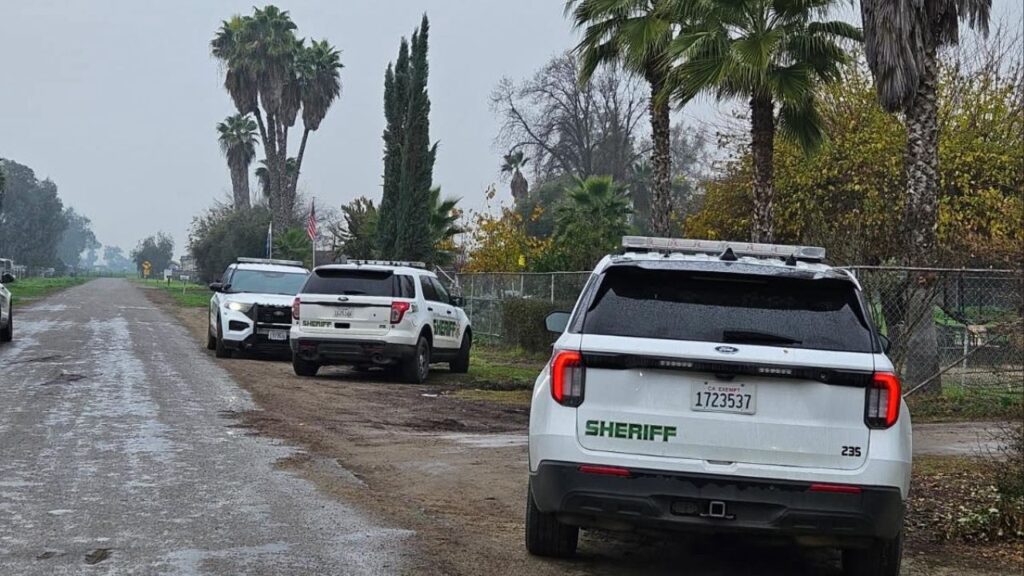Share
BILLINGS, Mont. — The Trump administration has started giving energy companies temporary breaks on royalties and rent they pay to extract oil and gas from leases on public lands because of the coronavirus pandemic.
The move drew quick criticism as a handout to industry that will mean less money for state governments. A Democratic lawmaker called for an investigation into whether the breaks were justified.
Government data shows companies in Utah receiving steep cuts in the standard 12.5% royalty rate, to as low as 2.5% of the value of the oil and gas they produce. More reductions are expected in the coming days in other states with oil and gas activity on federal lands, primarily in the western U.S.
The Interior Department’s Bureau of Land Management said last month that royalty-rate cuts were possible if companies could show they could not successfully operate public energy leases economically or can’t maintain enough employees at drilling sites.
Half the money that comes in through royalty payments is typically disbursed to the states where the oil or gas was extracted. The payments totaled $2.9 billion nationwide in 2019, including $94 million in Utah.
The rate cuts in Utah included 76 leases on tens of thousands of acres of public lands.
In a related action in recent days, bureau officials in 85 cases suspended rent payments that companies pay on their oil and gas leases on federal lands, according to government data. The suspensions to date have all been in Wyoming and were linked by agency officials to the pandemic.
Other states with federal oil and gas leases that generate significant amounts of revenue include New Mexico, North Dakota, California, Colorado, Alaska and Montana.
Critics of the Administration Jumped on the Cuts
All royalty relief will be temporary and last a maximum of 60 days, Bureau of Land Management spokesman Chris Tollefson said. Some elected officials and organizations had called for blanket relief for the industry, he said. But the Interior Department rejected those requests and determined each leaseholder must follow the longstanding process for obtaining relief.
“These laws and regulations have existed for decades and across multiple administrations,” Tollefson said. “No special circumstances have been granted.”
But critics of the administration jumped on the cuts. House Natural Resources Committee Chairman Raul Grijalva asked the Government Accountability Office to investigate if they were necessary and properly handled, and how much they could cost in lost revenues.
“I am concerned that in its haste to approve huge numbers of royalty cuts, BLM (the Bureau of Land Management) may not be fully following the requirements in the regulation,” Grijalva wrote.
The government has broad authority to grant royalty reductions for both onshore and offshore oil and gas activity provided companies meet its criteria, said American Petroleum Institute vice president Lem Smith.
He said the organization backs the process for granting companies relief as long as it is “equitable, transparent and easily understood” and added that it’s traditionally been done on a case-by-case basis.
A National Wildlife Federation representative called the rate cuts a “sweetheart deal” benefiting fossil fuel companies even as the administration seeks more money from renewable energy companies that rent federal lands.
“It is simply not fair and is one more signal that oil and gas drilling takes precedence over everything else on our public lands,” National Wildlife Federation Vice President Tracy Stone-Manning said.
How much value the relief will have for companies is not known. It will depend on the amount of fuel they extract and how many relief applications are granted going forward.
Interior’s Office of Natural Resources Revenue, which collects the royalties from companies, does not do future projections, spokesman Chris Mentasti said.
Categories

Selma High School Student Wins Congressional App Challenge


















